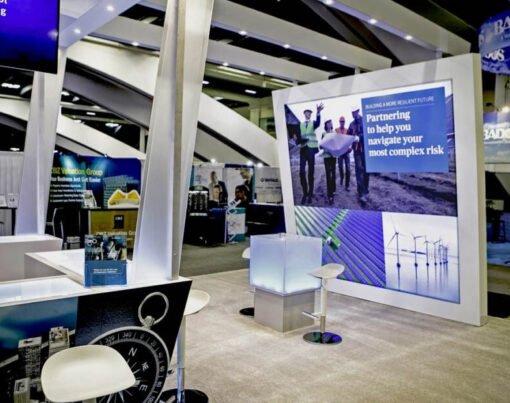Fiberglass is an entirely natural material, ecologically clean, and safe for human health. It is made from the most common rocks found in the soil. Quartz sand, over 25 million years old, is fused with other raw materials in a glass melting furnace at 1580°C to produce glass fiber. Binders are added to give the extra material strength and water resistance.
What makes glass fiber particularly valuable are its many unique and unrepeatable properties: high resistance to bending, tension, compression, non-flammability, high temperature and humidity resistance, resistance to chemical and biological attack, and relatively low density. It is a material that can be twisted, spun, woven, wound, braided, bent, and processed like any other fiber. Glass fiber is a unique material that provides a sustainable life cycle for products in high-tech and other industries.
Table of Contents
How are technical fabrics made?
Technical fabrics are made by weaving fiberglass threads in a specific weave pattern – roving, plied yarn, single yarn, textured yarn. Glass fiber technical fabrics are made of three kinds: E-glass with a heat capacity of 600°C, HR-glass with a thermal resistance of 800°C, and SiO2-glass with a thermal resistance of 1000°C or higher. Each glass type has its distinct properties. Technical fabrics are distinguished by their specific technical abilities and are designed for specific application areas (insulation, waterproofing, impermeability, cut protection, electrical conductivity, etc.). They offer a solution when deformation is required, such as when the temperature is exceptionally high. Heat-resistant fiber-making materials can indeed be woven, braided, knitted, or needled as needed.
How are textured fabrics made?
Fabrics with texture are created through weaving textured yarn inside a specified weave pattern. Textured fabrics are made from E-glass 600°C and HR-glass 800°C. Each form of glass has its unique set of characteristics. The fabric’s plain weave structure offers good compressive strength properties. The textured glass fiber allows for easy bitumen soakage and impregnation. The weave structure eliminates the possibility of bituminous membrane delamination. The textured fabric could also wrap pipes and reinforce marbles and gypsum board.
E-Glass 600º C
Technical fabrics are produced from alkali-free alumina borosilicate E-type glass fiber yarns that can withstand up to 600°C. Textiles are utilized as thermal and acoustic insulating materials and plastic reinforcing in the automotive, machine building, and construction sectors.
HR-Glass 800º C
HR-glass is an aluminosilicate glass that is alkali-free and free of boron oxide and fluorine. In specific ways, this glass might completely replace E-glass. The temperature resistance of this glass up to 800°C is its most essential property.
HR glass fiber has the following advantages over E-glass:
- improved chemical resistance, especially in acidic, alkaline, and aqueous conditions;
- improved thermal resistance;
- improved dielectric characteristics;
- equal durability;
- environmentally safe glass melting process: no boron oxide-containing dust emissions.
SiO2-Glass 1000º+C
Fabrics made of high-silica are a new type of heat-resistant textile. Glass fiber materials with a high SiO2 concentration are good high-temperature insulators that may be utilized for long periods without losing their characteristics or melting and vaporizing at temperatures as high as 1000°C.
High silica textiles are intended for use in a variety of applications:
- sealing, packing, and protective screens;
- as a welding drop cloth and fire curtains;
- as acid-resistant composite reinforcing;
- filtration of molten material and furnace emissions, among other things;
- welding safety blankets, furnace and stove screens, and protective gloves.
Fiberglass fabrics are designed and produced to meet a wide range of needs and applications. The thickness, weight, flexibility, surface texture, and tensile strength of the fabric are all affected by the yarn’s filament diameter, count, twist, and ply. The weave pattern governs its stability and dimensional strength. The fabric’s construction impacts its strength, flexibility, and appearance. The fabric finish strengthens and improves the weave’s resistance to high temperatures, moisture, flame, abrasion, and other factors.










